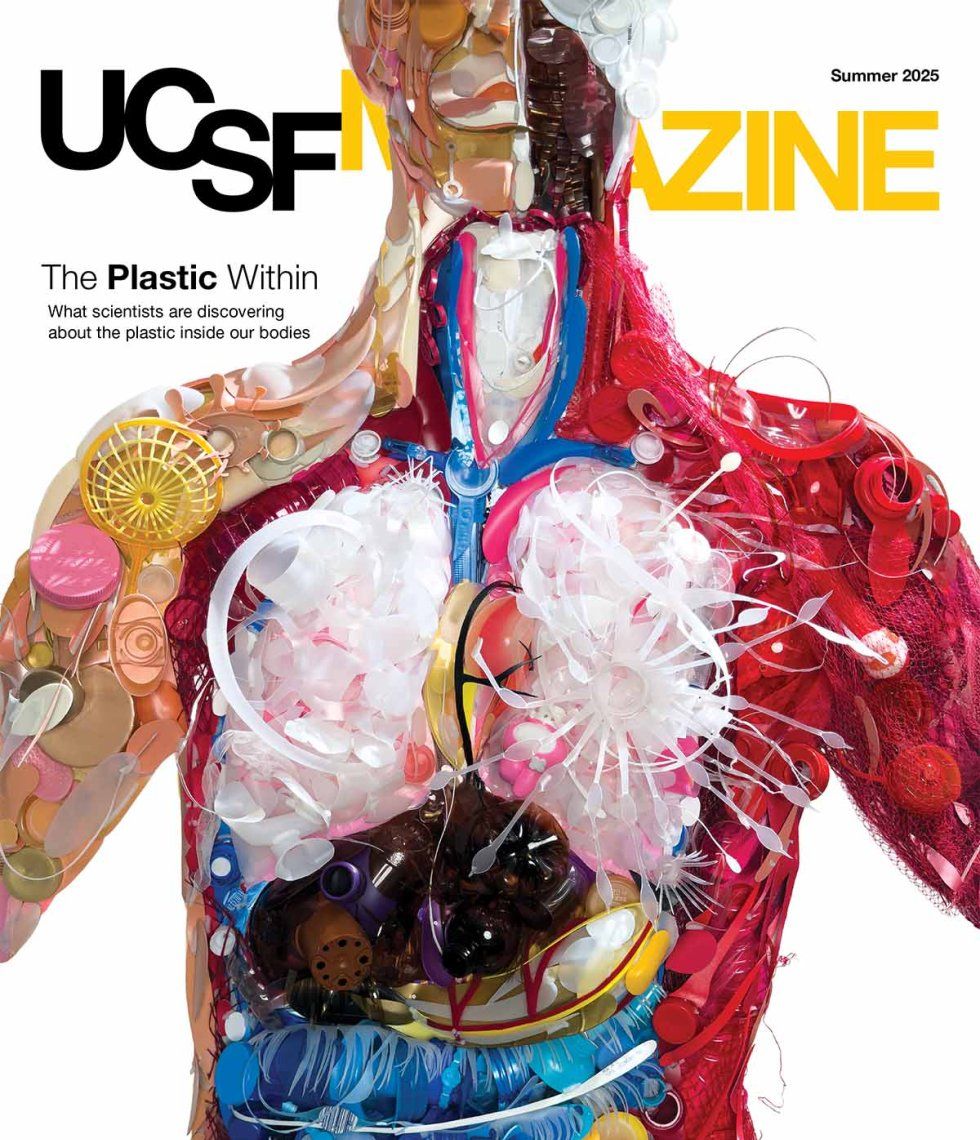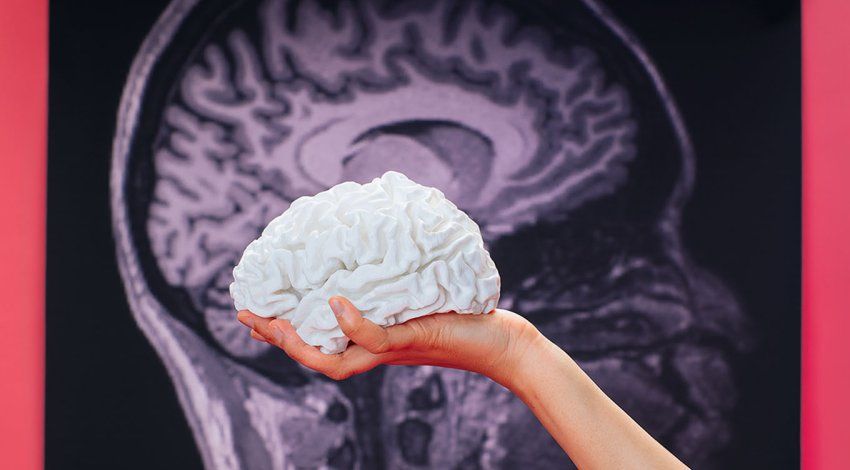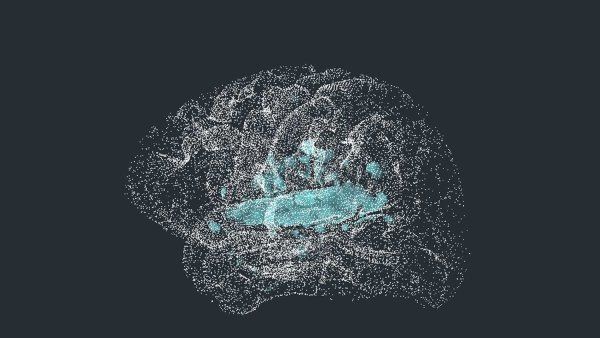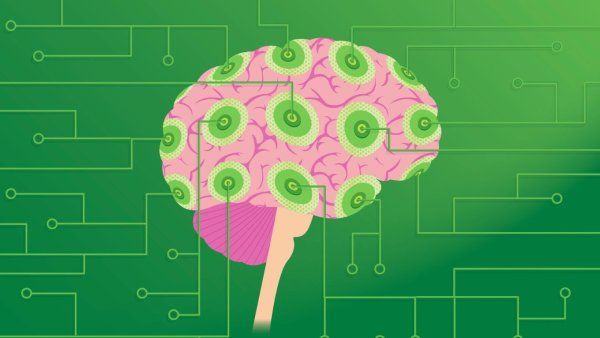
Why Is Discovery Research So Important?
A neuroscientist unpacks how big breakthroughs happen – and why public understanding of science matters.

Over the past century, public support for science has led to rapid and remarkable milestones in medicine, from extending the average lifespan to decoding the human genome. But will that support be sustained? We spoke with Grae Davis, PhD, the Morris Herzstein Distinguished Professor of Medicine and director of UCSF’s Kavli Institute for Fundamental Neuroscience. His team advances pioneering brain research and has a pressing new mission: fostering public understanding of science.
What is the biggest challenge you face in talking about your work with nonexperts?
When I say I’m a scientist, people usually think of a teacher or a doctor. Everybody’s walked into a doctor’s office. Everybody’s gone to school. Few have wandered into a laboratory.
Astrophysicists have perhaps done the best job communicating their science with the public. Most people know of Carl Sagan or Stephen Hawking. Everybody looks up at the stars. You start putting people in space, and this kind of science becomes part of our common experience. But a biologist or someone engineering on a nanoscale? There’s nothing there for most people to identify with.
Just choosing the terms can be tricky. Basic science? Fundamental science?
The problem with “basic” science is it sounds simple, which it absolutely is not. Basic science involves the process of discovery. It’s about posing a good question. Whether the answer is positive or negative, you learn something. The best experiments create more questions.
The more you know, the more you realize what you don’t know, right?
Exactly. The ambiguity in science can be frustrating. There’s a wonderful poem by Pablo Neruda that encapsulates this. A man sits at the edge of a well, fishing for light in a dark abyss. That’s the image I have of science – patiently seeking information from a vast unknown.
How do you explain the value of discovery science to the public?
One way is to discuss the impact. Take a disease like amyotrophic lateral sclerosis, ALS. It is absolutely devastating. You can only treat the symptoms of pain or paralysis. There are ongoing clinical trials, but no one has discovered a way to stop ALS or even slow it down very much. And for most neurological disorders, including ALS, we still don’t know the underlying causes.
Creating a cure is like building a cathedral. Generations of workers pound nails and set stones, day after day, year after year.”
Science is our only hope for these conditions, and it’s important to unpack just how much work goes into a life-changing discovery. When you hear about a pharmaceutical company with a new drug, that drug was usually discovered through decades of scientific effort spanning many, many different laboratories. Creating a cure is like building a cathedral. Generations of workers pound nails and set stones, day after day, year after year.
Can you share an example from your lab?
Absolutely. We exist in a changing world. Our bodies must constantly adjust, counteracting disruptions that could cause harm. In my lab, we study brain resilience – how the nervous system detects and counteracts disruptions such as injury, infection, and neurodegeneration. Our goal is to discover how to promote brain resilience so we can create a therapy that can slow down or even cure neurological diseases like ALS. This new kind of treatment wouldn’t depend on knowing the precise cause of ALS. It would be about making sure your body can resist degeneration, regardless of the underlying cause.
There are a lot of breakthroughs that started with curiosity, right?
Yes, this kind of science can lead to very tangible outcomes. Look at the success of gene editing, which is creating so many medical advances. We’re seeing some of the first gene therapies emerge. That all came out of a paper from some scientists who were trying to understand how bacteria defend themselves from viruses. That research eventually led to CRISPR, an incredibly powerful gene-editing tool.
What happens when societies stop investing in science?
We give up hope for future cures. We need a constant flow of new ideas to fuel advances in biotech and pharmaceuticals. The most promising discoveries often fail on the path to drug development. The challenge is monumental. Truly, as a scientist, you get up every morning and you are trying to fail, to disprove your ideas. You may fail 5,000 times and then succeed once. But that one success might be an important step toward the next breakthrough.
Artificial intelligence can help us, but it works on information that we already have. It’s not going to create the information we’re missing. We still need expertise. We still need exploration.
What keeps you motivated to advocate for science right now?
In my lab, I often record the electrical activity of single nerve cells. I am amazed every time. You’re watching the physics of life happen right in front of you. But that awe is not enough to sustain a career.
There’s this notion of scientists standing on the shoulders of giants. And I don’t think that’s exactly right. I think we’re standing on the shoulders of pioneers – generations of everyday scientists who went out into the unknown. They had to have resourcefulness and creativity and the belief that they were going to get somewhere better.
The scientific workforce is like that. We may or may not succeed on any given day, but we are trying to cure disease and alleviate suffering. And when some wonderful breakthrough does happen, we are standing on the shoulders of all those hardworking scientists who wandered into the wilderness and tried.
It comes down to hope. If you are the one diagnosed with ALS, it’s not a rare disease anymore; it’s yours. At that moment, hope is everything.




